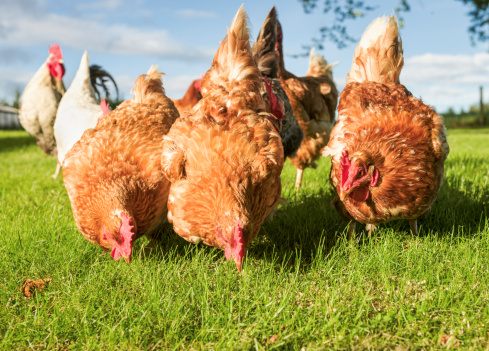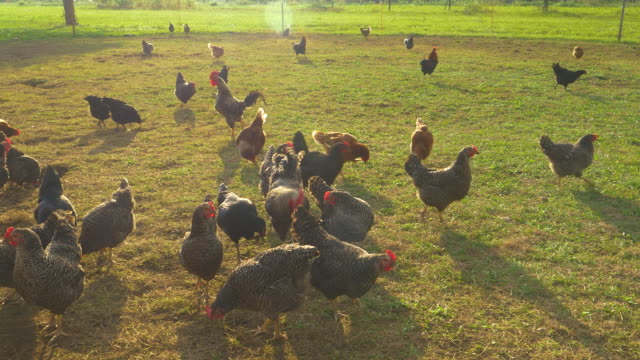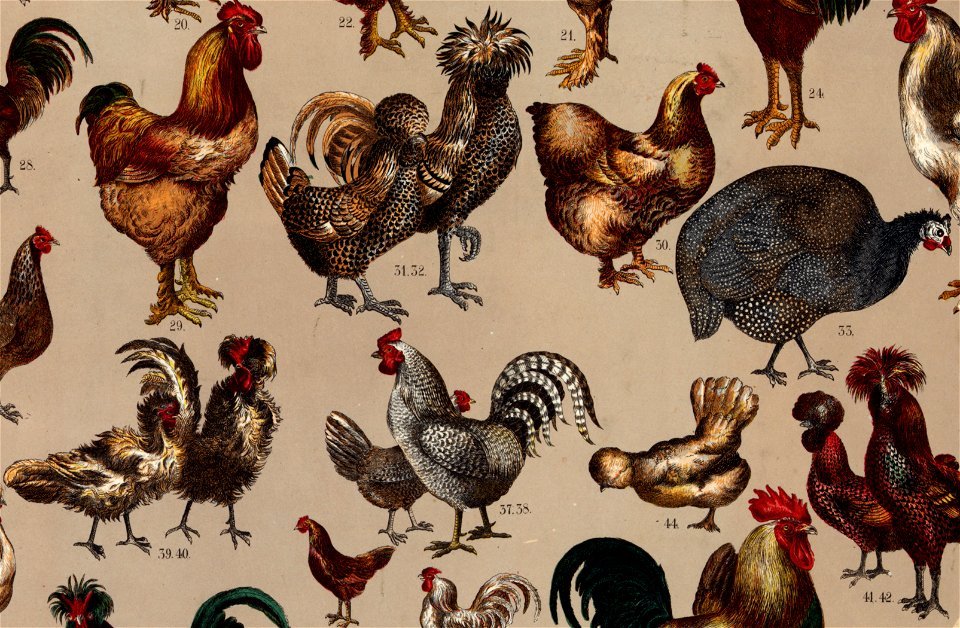Chicken hoop houses, also known as hoop coops or chicken tractors, offer a flexible and practical housing solution for backyard chickens. These structures combine the benefits of a coop and a mobile enclosure, providing chickens with a secure space to live and forage while offering flexibility for pasture rotation. In this article, we will explore the concept of chicken hoop houses, their advantages, construction considerations, and their role in promoting sustainable poultry keeping practices.
Section 1: Understanding Chicken Hoop Houses
- Versatility and Mobility: Chicken hoop houses are designed to be lightweight and portable, allowing for easy movement across the pasture or garden. This mobility enables chickens to access fresh forage, insects, and grass while simultaneously fertilizing the soil with their manure.
- Protection and Security: Chicken hoop houses are enclosed structures with a hoop-shaped frame covered by a durable material such as chicken wire or mesh. This construction provides protection from predators, while still allowing chickens to experience the outdoor environment.
Section 2: Benefits and Features
- Pasture Rotation: One of the primary advantages of chicken hoop houses is their ability to facilitate pasture rotation. By regularly moving the coop, chickens have access to fresh forage, while the previously grazed area gets time to regenerate and recover.
- Natural Foraging: Chicken hoop houses encourage natural foraging behavior, allowing chickens to consume insects, vegetation, and other organic matter present in the pasture. This improves their diet, provides mental stimulation, and enhances their overall well-being.
- Fertilization and Soil Health: As chickens move around the hoop house, their droppings enrich the soil, contributing valuable nutrients and promoting soil fertility. This natural fertilization benefits both the pasture and any surrounding garden areas.
Section 3: Construction Considerations
- Frame and Covering: The hoop house frame can be made from materials such as PVC pipes, metal hoops, or wooden arches. The covering should be sturdy and predator-proof, such as chicken wire or heavy-duty mesh, ensuring the safety of the chickens.
- Flooring and Bedding: The floor of the hoop house can be bare soil, covered with wood chips, or layered with straw or other bedding material. Providing a comfortable and clean bedding area allows chickens to exhibit natural scratching and dust-bathing behaviors.
Section 4: Management and Care
- Feeding and Watering: Ensure chickens have access to fresh food and water within the hoop house. Portable feeders and waterers can be easily installed and moved along with the coop.
- Ventilation and Shade: Adequate ventilation is crucial for maintaining good air quality inside the hoop house. Adjustable windows, vents, or removable sections in the covering help regulate temperature and airflow. Additionally, providing shade within the hoop house protects chickens from excessive heat during warm weather.
- Predator Protection: Secure the hoop house with a predator-proof covering, buried fencing, and secure latches to prevent access by predators like raccoons or foxes.
Conclusion: Chicken hoop houses offer an efficient and sustainable approach to poultry shelter, allowing backyard chicken keepers to maximize the benefits of pasture rotation, natural foraging, and soil health. These versatile structures provide a secure home for chickens while enabling them to interact with the outdoor environment. By embracing chicken hoop houses, poultry enthusiasts can enhance the welfare of their flock, promote sustainable land management practices, and enjoy the rewards of fresh eggs and a thriving garden. With careful planning and regular maintenance, chicken hoop houses become a valuable tool in fostering a harmonious relationship between chickens, nature, and the well-being of the land.



